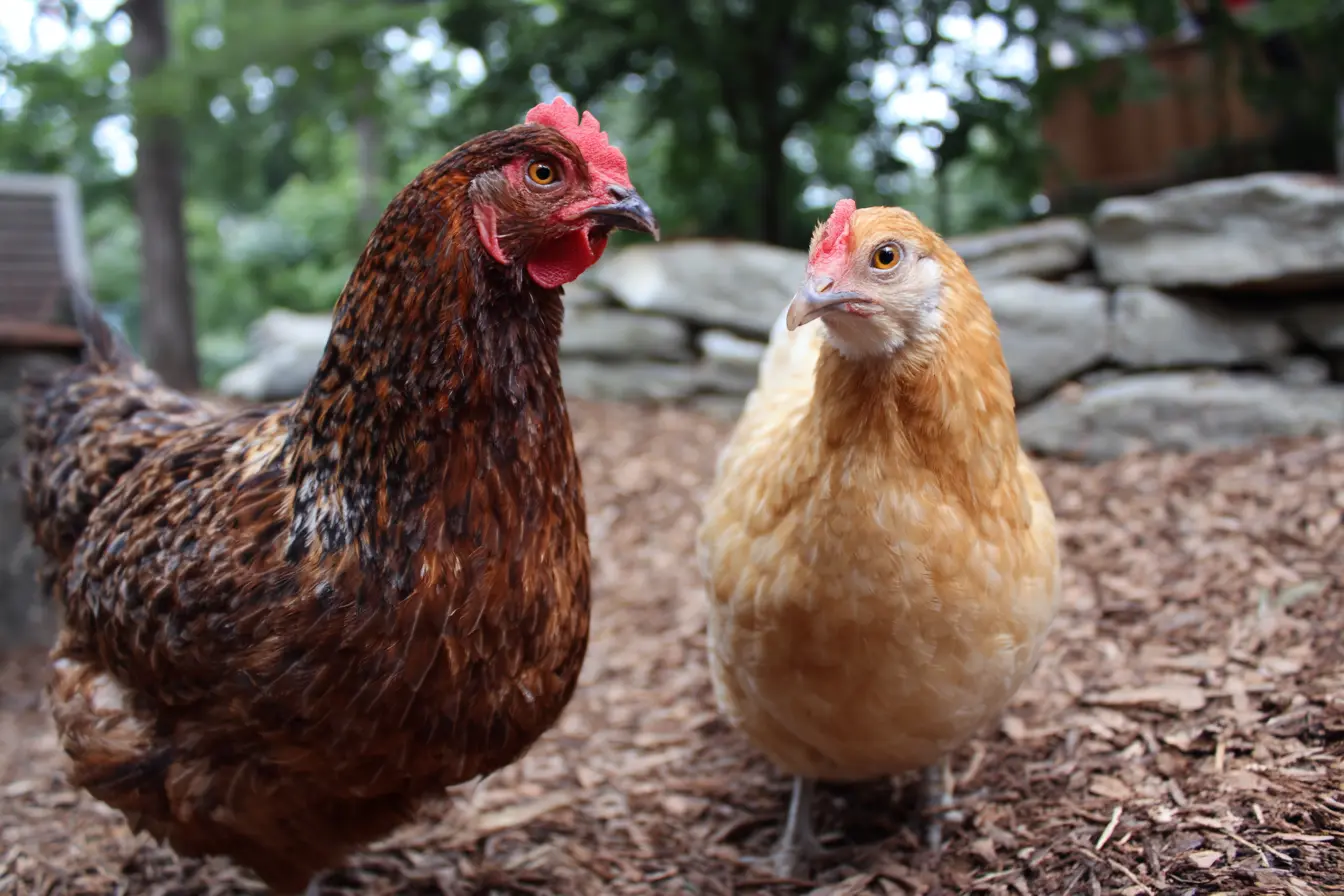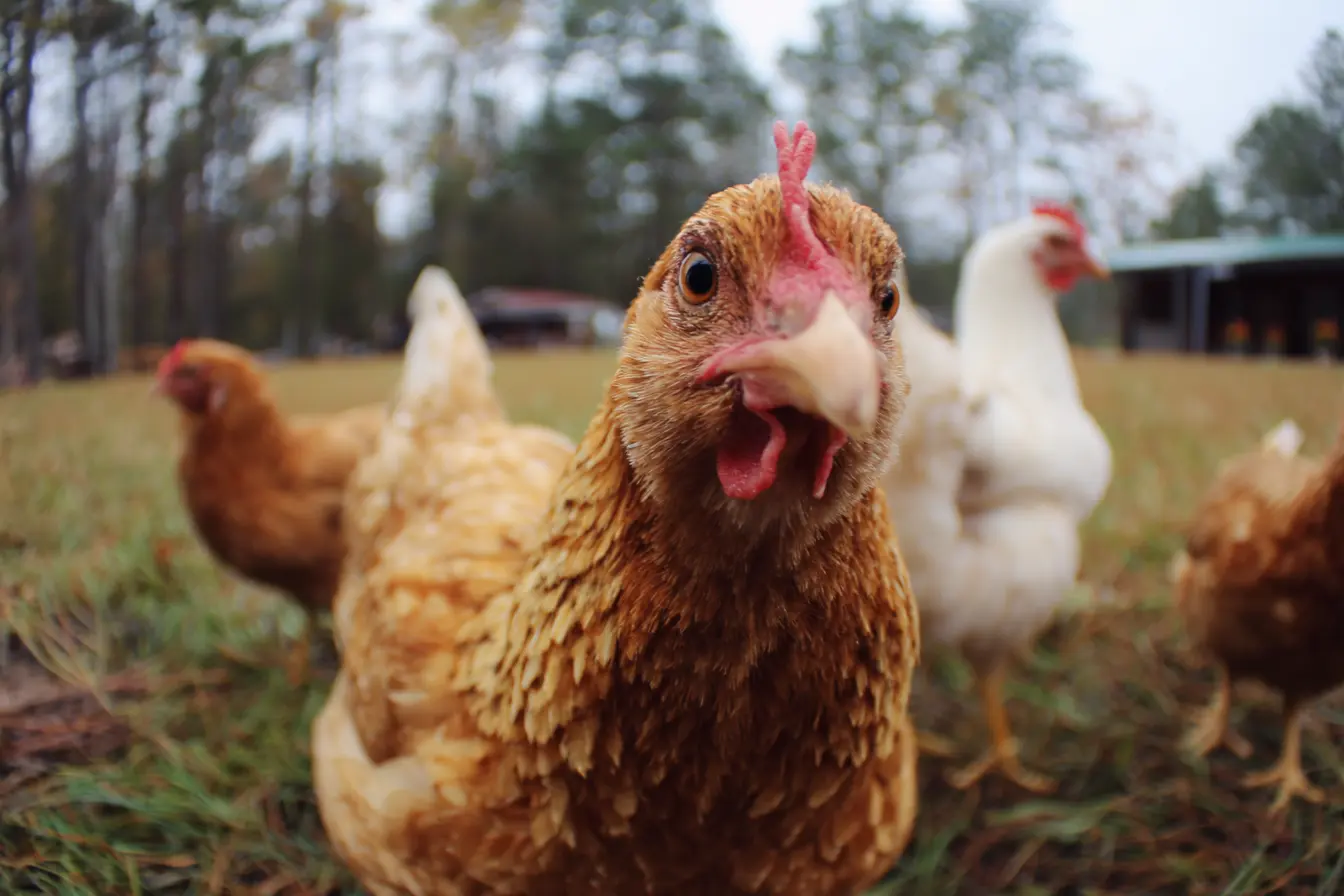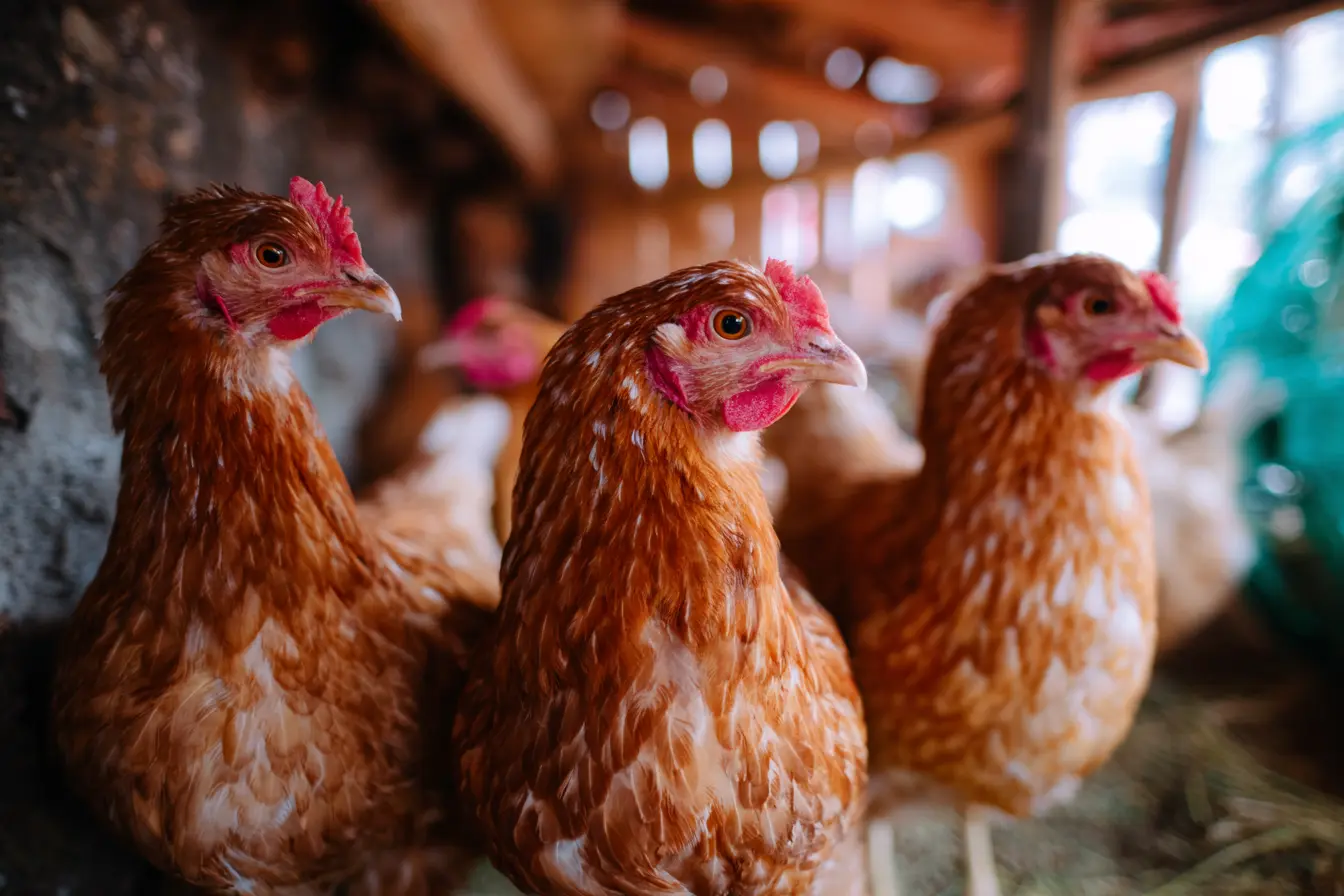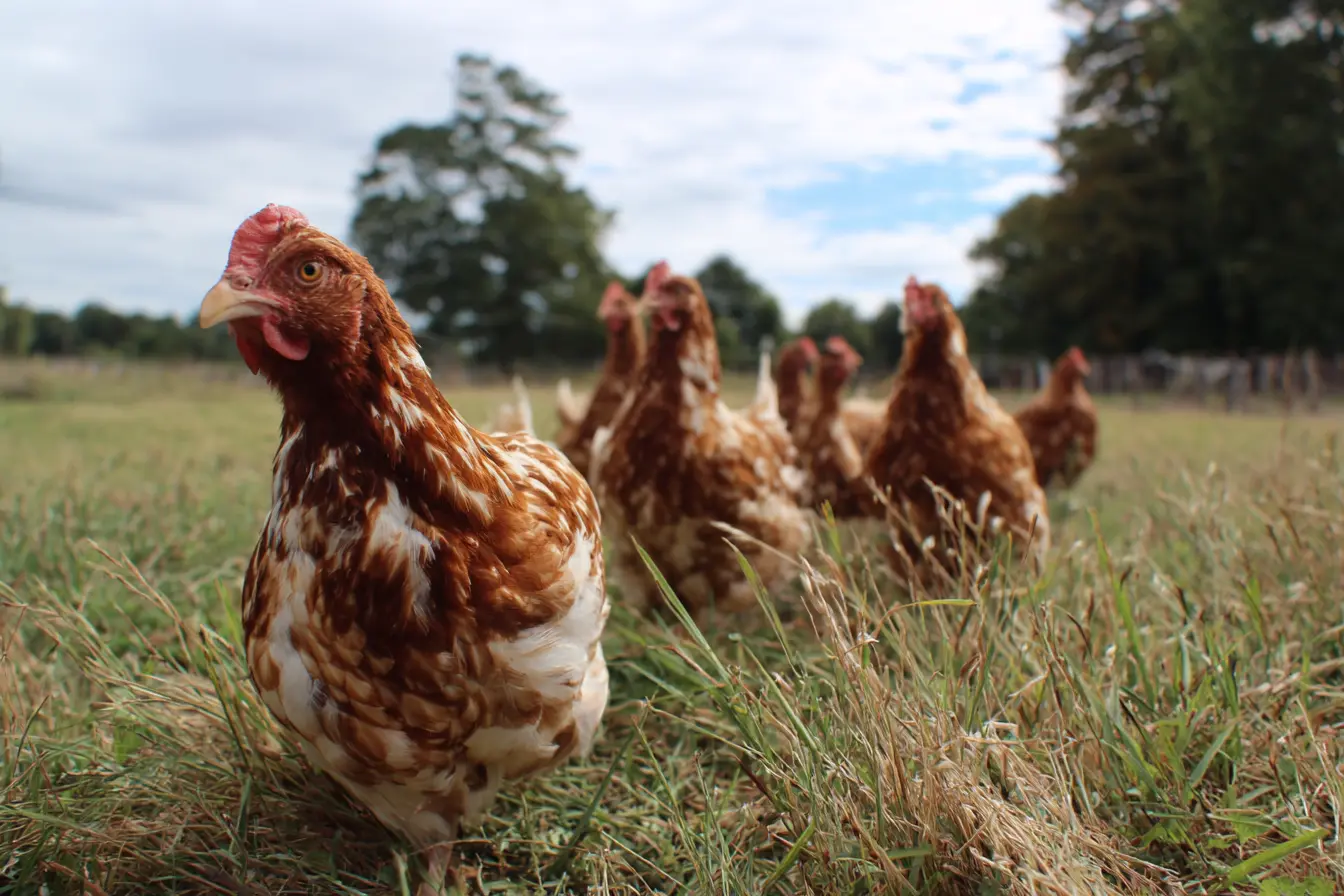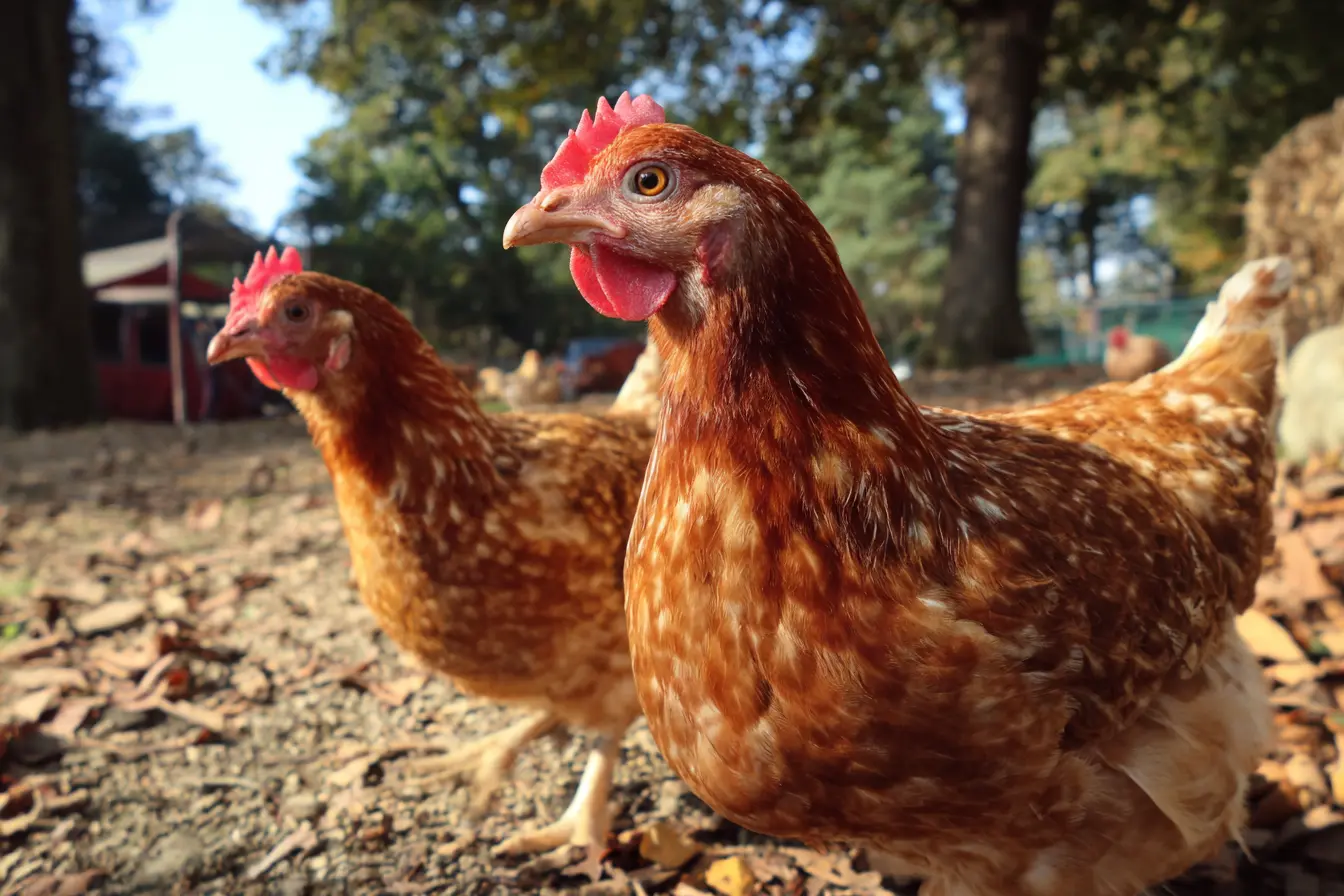
Botulism in Chickens: A Complete Guide
Botulism is a potentially fatal disease that can affect chickens and other birds. Caused by a powerful neurotoxin, botulism can lead to rapid paralysis and death if not identified and treated quickly. This comprehensive guide covers everything you need to know about botulism in chickens: its causes, symptoms, diagnosis, treatment, and prevention.
What is Botulism?
Botulism is a non-contagious, paralytic disease caused by toxins produced by the bacterium Clostridium botulinum. This bacterium is anaerobic, meaning it thrives in environments without oxygen. It produces one of the most potent toxins known to science: the botulinum toxin.
In chickens, botulism usually results from ingestion of the toxin rather than infection by the bacterium itself. The condition is often referred to as "limberneck" due to the characteristic neck paralysis seen in affected birds.
Causes of Botulism in Chickens
Botulism is typically associated with the ingestion of decomposing organic material where the Clostridium botulinum bacteria have multiplied and produced toxin. Common sources include:
- Rotting carcasses of birds or rodents
- Decaying vegetable matter or feed
- Stagnant, filthy water sources
- Wet litter or poorly managed compost heaps
- Contaminated feed or soil
Once ingested, the toxin affects the nervous system, causing flaccid paralysis.
How the Toxin Works
The botulinum toxin blocks the transmission of nerve impulses to muscles by preventing the release of acetylcholine at the neuromuscular junction. This results in paralysis of voluntary muscles, including those required for movement, swallowing, and breathing.
There are several types of botulinum toxin (A through G), but types C and D are most commonly associated with poultry.
Symptoms of Botulism
Symptoms of botulism in chickens can develop quickly — within hours of ingesting the toxin — or more slowly depending on the dose. Common signs include:
- Weakness and flaccid paralysis
- Inability to stand or walk
- Drooping wings and tail
- Limp neck (hence the name “limberneck”)
- Difficulty breathing
- Eyes closed or half-shut
- Inability to eat or drink
- Death, often within 24 to 48 hours
The degree of paralysis typically progresses from the legs upward. Birds may remain alert and mentally aware despite being physically incapacitated.
Diagnosis
Botulism is generally diagnosed based on clinical signs and history of exposure to potential toxin sources (e.g. access to rotting organic matter). Laboratory testing can confirm the presence of the toxin, but results may take time and are not always practical for small-scale keepers.
Differential diagnoses that may present with similar signs include:
- Marek’s Disease
- Newcastle Disease
- Avian Influenza
- Mycoplasma synoviae (joint infections)
- Vitamin deficiencies (e.g. thiamine)
Treatment
Treatment success depends on the amount of toxin ingested and how quickly intervention begins. The following steps can help treat affected birds:
Remove the Toxin Source
- Immediately remove any suspected source of the toxin such as carcasses, spoiled feed, or stagnant water.
- Clean and disinfect the coop and feeding areas.
Supportive Care
- Keep affected birds in a warm, quiet, and clean environment.
- Provide easy access to fresh water and soft, palatable food if the bird can still swallow.
- Use a dropper to administer fluids if the bird is unable to drink independently.
Antitoxin Therapy
- Botulism antitoxin serum can neutralise circulating toxin if administered early.
- Antitoxins are typically available through veterinary channels and are more commonly used in valuable breeding or show birds.
Activated Charcoal or Epsom Salts
Some poultry keepers administer activated charcoal or Epsom salts (magnesium sulphate) in water as a first-aid measure to bind or flush the toxin from the gut. However, these methods are supportive and may not be sufficient for moderate to severe cases.
Prognosis
The prognosis for botulism depends on:
- The amount of toxin ingested
- How quickly treatment is started
- The overall health and age of the bird
Mildly affected birds may recover within 2 to 7 days with proper care. Severely affected birds, especially those unable to breathe or swallow, often die within 24 to 48 hours.
Prevention
Prevention is the most effective way to protect chickens from botulism. Key strategies include:
Good Sanitation
- Promptly remove dead animals from the coop or surrounding areas
- Regularly clean waterers, feeders, and litter
- Avoid allowing feed or droppings to accumulate in wet, anaerobic conditions
Safe Water and Feed
- Provide clean, fresh drinking water at all times
- Store feed in dry, sealed containers to prevent spoilage
- Never feed spoiled or mouldy food scraps
Rodent and Carcass Control
- Control rodent populations to avoid carcasses contaminating the environment
- Check compost heaps or compost piles to ensure proper aeration and avoid anaerobic conditions
Proper Litter Management
- Avoid water spills and wet litter
- Change bedding regularly, especially during warm, humid weather
Is Botulism Contagious?
Botulism is not contagious — it does not spread directly from bird to bird. However, multiple birds in the same environment may be exposed to the same toxin source and become ill at the same time.
Key Takeaways
- Botulism is a paralytic disease caused by toxins from Clostridium botulinum
- Symptoms include limb and neck paralysis, lethargy, and difficulty breathing
- It is often caused by ingestion of decomposing organic matter
- There is no guaranteed cure, but early supportive care may help recovery
- Prevention is centred around good hygiene, proper feeding, and rodent control
Final Thoughts
Botulism in chickens is rare but deadly. A single overlooked carcass or spoiled feed source can quickly lead to tragedy in a flock. Fortunately, it is also one of the most preventable poultry diseases. By practising excellent sanitation and being vigilant about potential toxin sources, you can help ensure your chickens live healthy, safe, and botulism-free lives.
Vets near you
Speciality vets
- Aquatics vet specialists
- Birds vet specialists
- Camelids vet specialists
- Cats vet specialists
- Cattle vet specialists
- Deer vet specialists
- Dogs vet specialists
- Equines vet specialists
- Exotic vet specialists
- Goats vet specialists
- Pigs vet specialists
- Poultry vet specialists
- Sheep vet specialists
- Small Mammals vet specialists
- Wild vet specialists
